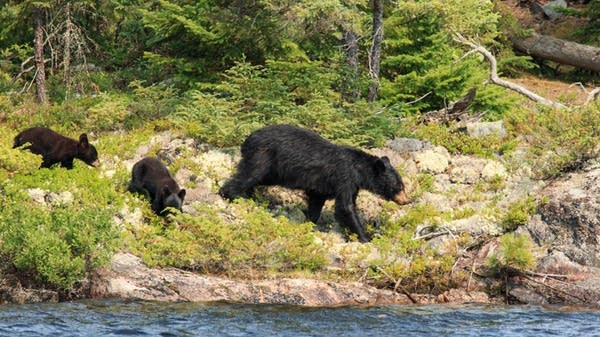Bear hunting season opens as DNR aims to rebuild population

Minnesota's bear hunting season begins Friday. Hunters are expected to kill fewer bears this year as the state works to rebuild the population.
Courtesy Gary L. Fiedler
Go Deeper.
Create an account or log in to save stories.
Like this?
Thanks for liking this story! We have added it to a list of your favorite stories.


